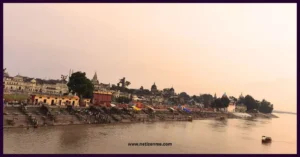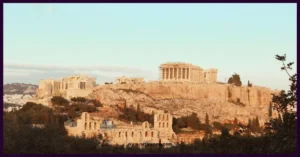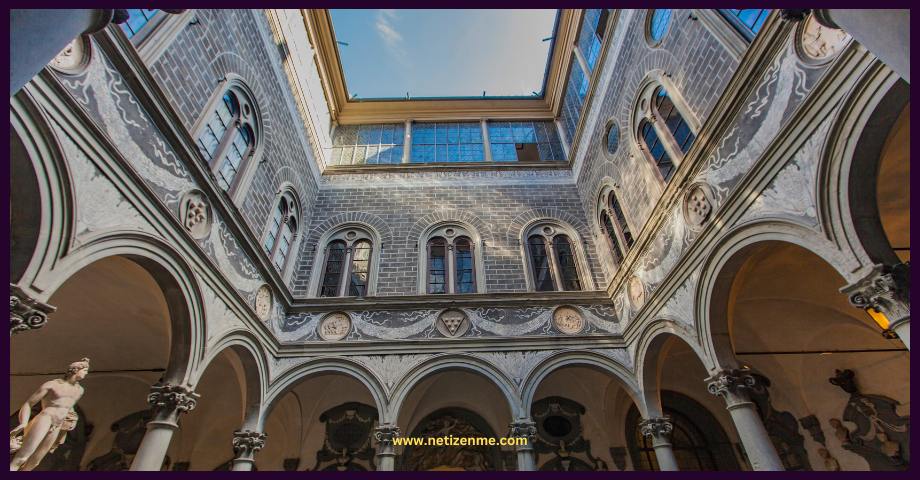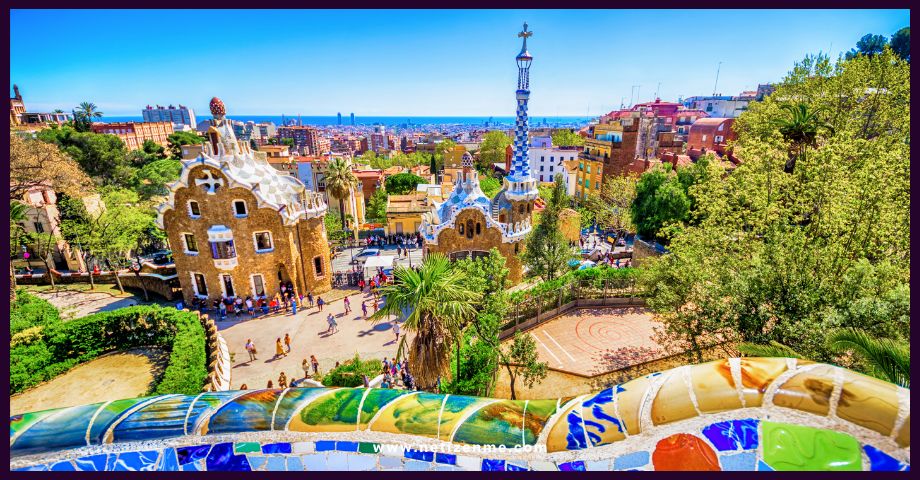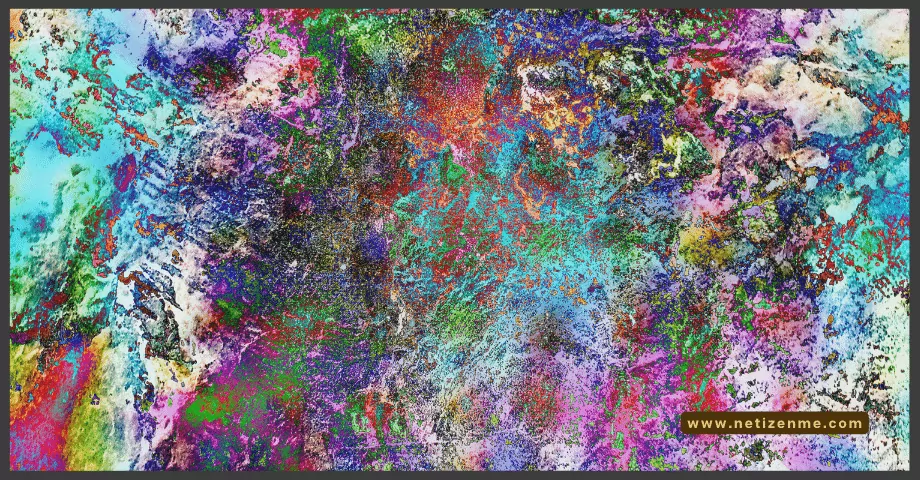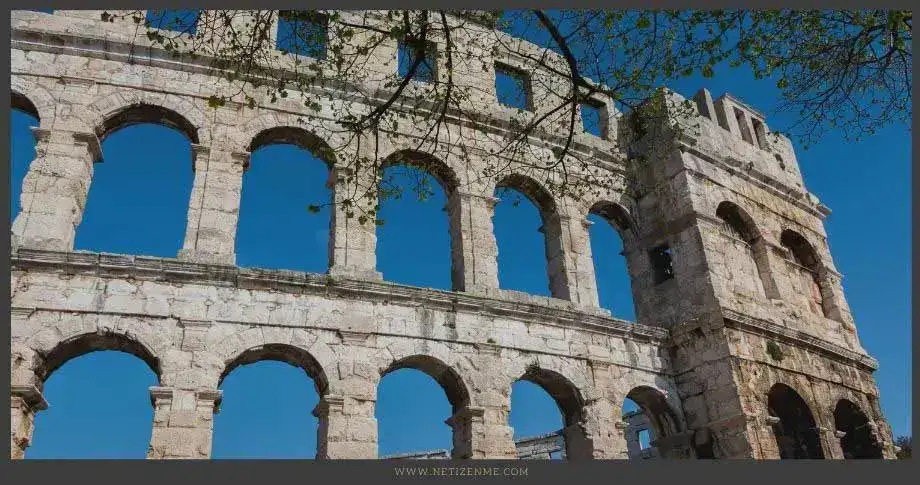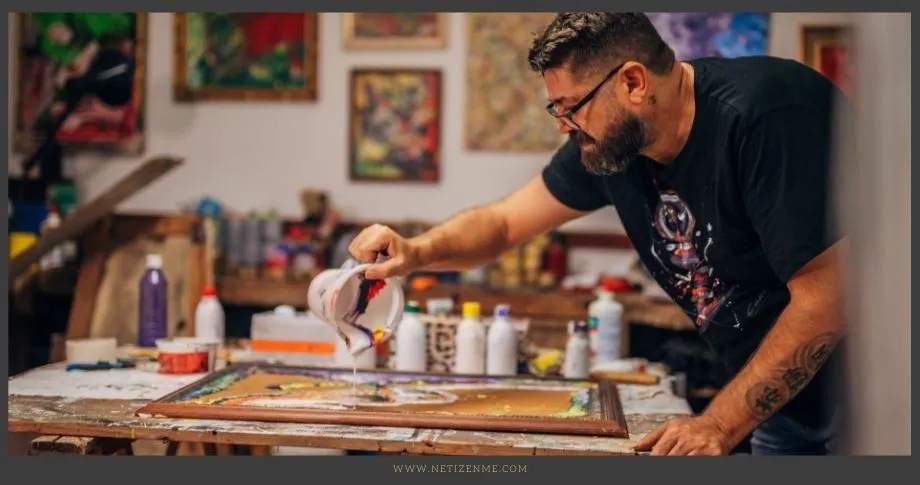
Scientific Knowledge in Creating Art
Advancements and the use of new scientific knowledge in creating artistic work in the period significantly took the form of global exploration. In this article, we will discuss the use of new scientific knowledge in creating artistic work. New scientific knowledge can be used in many ways to create artistic work. One way is to use new technology to create art that wouldn’t have been possible before. For example, using a 3D printer to create a sculpture or using a computer to generate an animation. Another way to use new scientific knowledge in art is by incorporating it into the work itself. For example, a painting that incorporates data from a scientific study or a musical composition that uses mathematical patterns.
How is science connected to art?
There is a strong connection between science and art. Many artists are interested in scientific concepts, and use them as inspiration for their work. For example, the artist William Blake was inspired by Newton’s theories of optics. He used Newton’s ideas about light and color in his paintings. Similarly, the artist M. C. Escher was inspired by mathematics and geometry. He created artwork that featured impossible shapes and optical illusions.
What is scientific method in art?
There is no one scientific method in art, just as there is no one scientific method in any other field. However, the scientific method can be useful in art, just as it can be useful in any other area. The scientific method is a way of approaching problems or questions that involves observation, experimentation, and the testing of hypotheses. In art, the scientific method can be used to help figure out the best way to create a certain effect, or to troubleshoot problems that arise during the creative process.
The Renaissance Period
Why did Renaissance artists make use of science in their art?
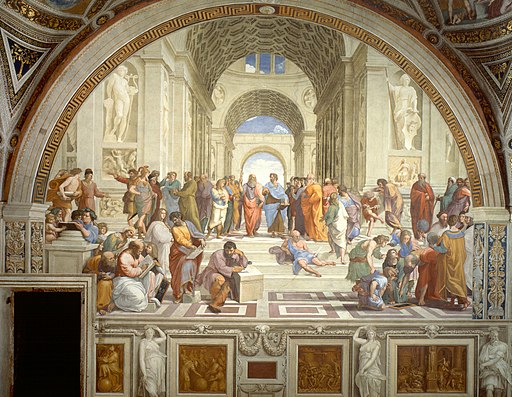
This period signified a resurgence of interest in classical arts; one that was practically forgotten all through the middle ages. Art developed a style that bordered largely on humanism, striving to capture nature and human beauty in the many works that were created. Indeed, several scientific advancements can be said to have spurred the many achievements of this period.
What is the most important invention of the Renaissance period?
Perhaps the most notable invention of the Renaissance period, the printing press was developed by Johannes Gutenberg in 1440. Consequently, the innovation influenced art greatly in form of music as could now be printed on sheets and distributed to a large population. Further, new musical instruments came into existence, including the violin and harpsichord family, helping to create music that translated to emotional messages for listeners.
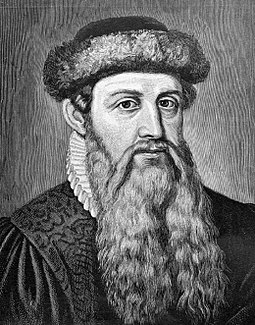
Humanist philosophy required that art showed people with emotions, and leading life and paintings looked more realistic even in three dimensions. Armed with the financial prowess and political influence of their many patrons, artists soon developed many techniques to make this possible. In Naples, the painter Antonello da Messina began using oil paints for portraits and religious paintings, a technique that soon spread across Italy. Leonardo Da Vinci would later be able to show the effect of light on landscape and objects with a more dramatic edge that also appeared natural as seen in his masterpiece – Mona Lisa.
Baroque and Rococo
In time, the Renaissance started to fade away and was getting gradually replaced by a new style of art, the Baroque. In Italy, traces of Baroque can be traced as far back as the dying years of the 16th century. This spread across Europe, evolved through the years, and lasted as long as the first few years of the 19th century in Germany and some South American territories of Spain and Portugal. However, Baroque is conventionally believed to have flourished in 17th-century Europe, especially during the first half of it.
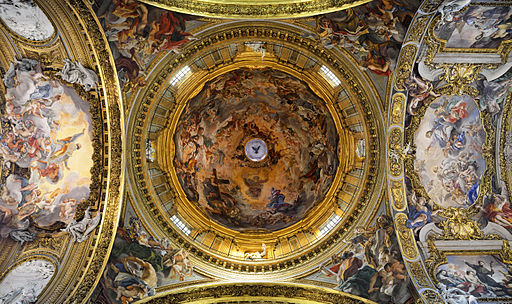
The term ‘Baroque‘ as an English word has been said to have French, Italian, Portuguese, and even Latin origins. The ultimate meaning is however similar across the board with Baroque referring to “a deviation from the norm”. The idea of Baroque art was to vividly or overtly express emotions using a keen element of drama in a way that passionately appealed to the senses.
Global Exploration During Baroque and Rococo
Advancements in scientific knowledge in creating artistic work in the period significantly took the form of global exploration. There were many successful attempts to understand the extent of the earth and the celestial bodies beyond. Mathematical theories became the order of the day, and lenses and screens in instruments of observation such as the telescope were greatly employed all in an attempt to discover ‘God’s exquisite design of the world’. The period saw the theories of Copernicus relating to astronomy, the shape, and position of Earth – scientist, Sir Isaac Newton’s laws of motion and Galileo Galilei’s invention of the telescope amongst his other advances in music, visual arts, astronomy, and science at large. Further, the landscape painting developed in the 17th century commonly depicted humans as miniature figures in an expansive natural setting in response to these discoveries.
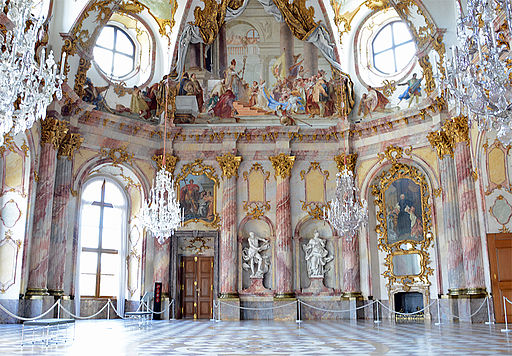
What did the Rococo style originally refer to?
Rococo refers to the art style that started very early in 18th century Paris and spread across the country and Europe at large, principally Germany and Austria (06). It informed art such as architecture, sculpture, interior design, decorative arts, and painting. Contrary to the preceding baroque art, Rococo chose to show elegance, playfulness, and grace in form of exuberant decor. Also, art assumed a form of asymmetry, one that was quite alien to Europe. Furthermore, light colors, gold, and ivory white became the identifying colors and mirrors helped to create an illusion of a much bigger space.
What scientific method requires intelligence imagination and creativity?
The scientific method requires imagination, creativity, and intelligence in order to be successful. This is because the scientific method is all about trial and error. In order to find the right solution, you need to be able to imagine different scenarios and possibilities. You also need to be creative in order to come up with new ideas and solutions. Finally, you need to be intelligent in order to understand the complex problems that you’re trying to solve.
Check the following articles to read more about the use of new scientific knowledge in creating artistic work:
- Contributor, J., 2020. The Renaissance: The ‘Rebirth’ Of Science & Culture. The Renaissance: The ‘Rebirth’ Of Science & Culture
- En.m.wikipedia.org. 2020. Renaissance art. Renaissance art
- Art Education, 1952. Encyclopaedia Britannica Art Films. 5(6), p.18.
- En.m.wikipedia.org. 2020. Baroque. Baroque
- ResearchGate. 2020. (PDF) 17Th Century Dialogue Between Art And Science. The Effect Of The Scientific Contributions Of Galileo On Late Renaissance And Baroque Art
- Encyclopedia Britannica. 2020. Rococo | Definition, Art, Painting, & Characteristics
- How Did Geography Affect the Indian Ocean Trade Routes?

- A Comparative Analysis of the Parthenon and Maison Carrée

- Silk Road’s Impact: Catalyst for Technological Advancements

This article is written by:
Our professional writers and editors are passionate about sharing high-quality information and insights with our audience. We conduct diligent research, maintain fact-checking protocols, and prioritize accuracy and integrity to the best of our capacity.
You can cite our articles under the author name "Netizenme"
